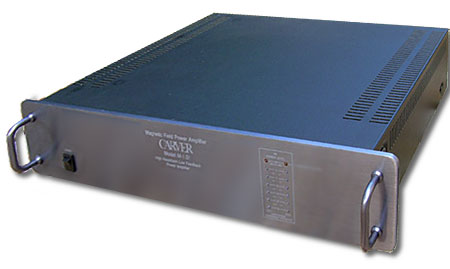widemediaphotography
Active Member
- Joined
- Jul 2, 2023
- Messages
- 107
- Likes
- 33
I would like to propose a question or an exercise that I do not know is actually feasible.
Suppose we have 2 DACs, (A and B)
A with very good measures and musically neutral,
B defined by people with golden ears as an audiophile masterpiece, without having any discount in the measurements (there are many mythological devices and that's it)
What would it take to make DAC A "sound" exactly like B?
What Hardare system and Software could be adopted?
I imagine that by sending a series of known signals to the second DAC and acquiring all the measurements we can perfectly understand how to modify its A to make it as similar as possible via software. When I say as similar as possible, I am also referring to the timbre that depends on the higher-order harmonics in an audio signal. What tools do we have in place to do this?
In other words how do replicate exactly the sound of one specific audio components (DAC/Amplifier, etc.etc.)?
Thank
Suppose we have 2 DACs, (A and B)
A with very good measures and musically neutral,
B defined by people with golden ears as an audiophile masterpiece, without having any discount in the measurements (there are many mythological devices and that's it)
What would it take to make DAC A "sound" exactly like B?
What Hardare system and Software could be adopted?
I imagine that by sending a series of known signals to the second DAC and acquiring all the measurements we can perfectly understand how to modify its A to make it as similar as possible via software. When I say as similar as possible, I am also referring to the timbre that depends on the higher-order harmonics in an audio signal. What tools do we have in place to do this?
In other words how do replicate exactly the sound of one specific audio components (DAC/Amplifier, etc.etc.)?
Thank

